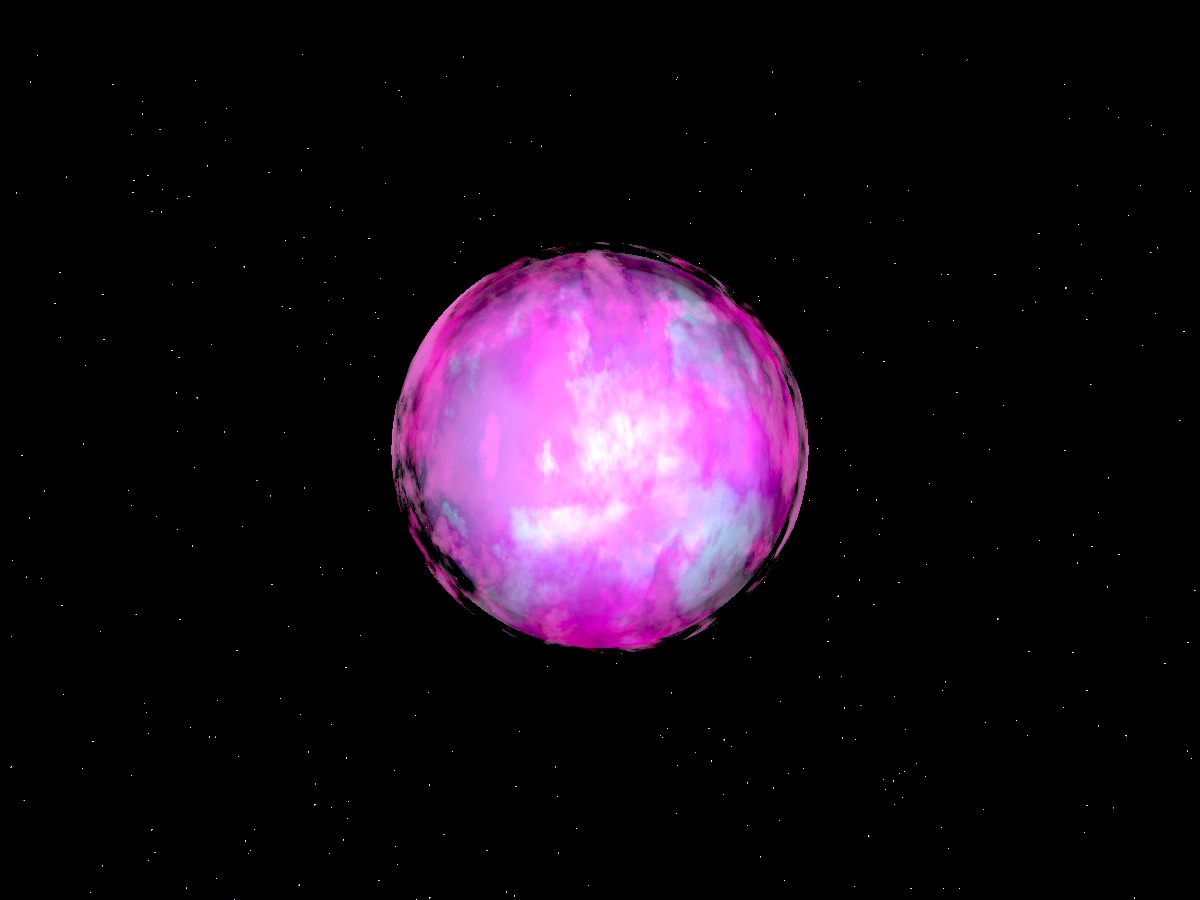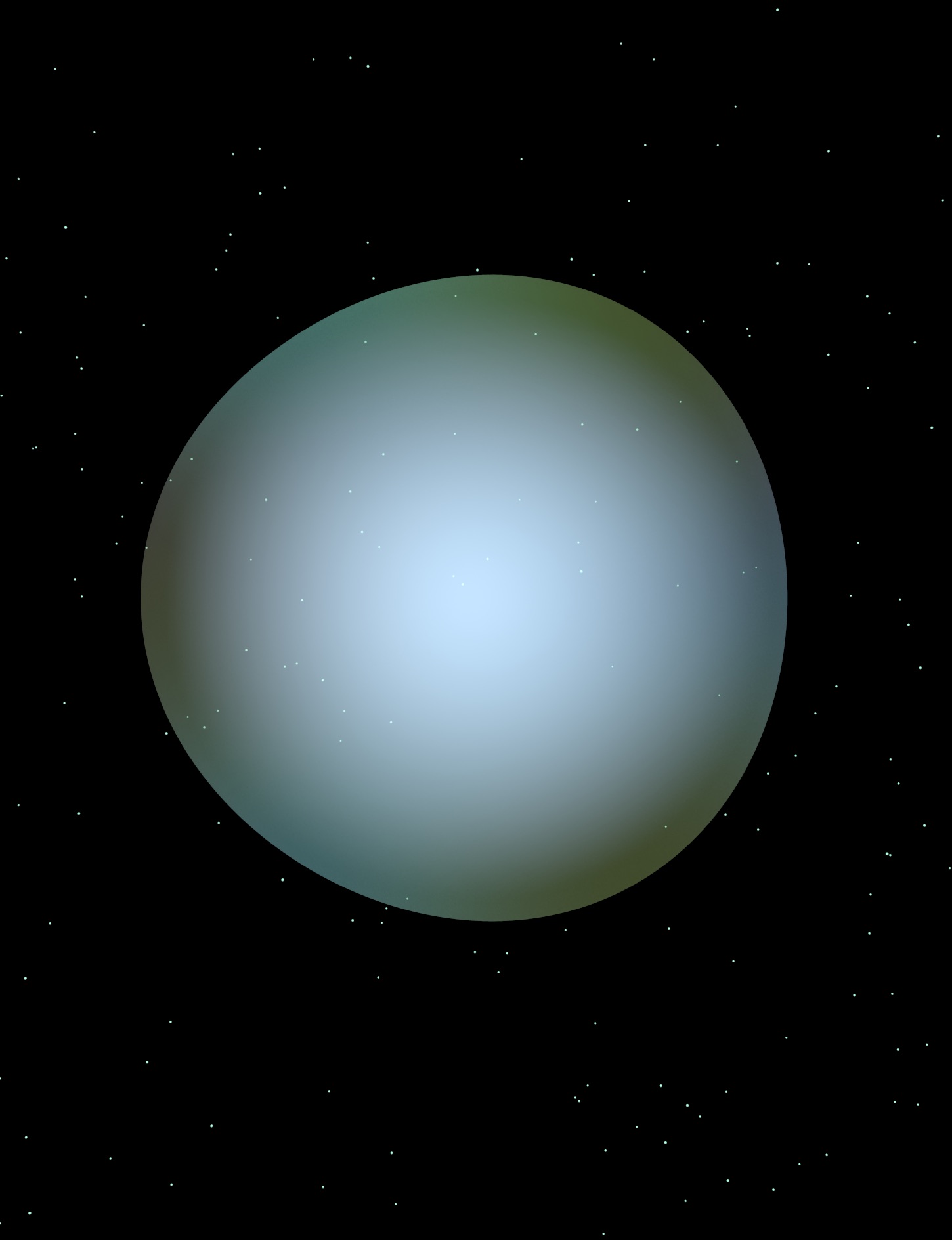
Research

Hydrogen-deficient stars
All stars are born from a mixture dominated by hydrogen, with some 30% helium (by mass) and a sprinkling of heavier elements. They shine by converting hydrogen to helium and helium to carbon in their dieppe interiors. Whilst the interior chemistry is radially change, their surfaces normally remain pristine and hydrogen-rich.
However, a few classes of star have somehow lost some or all of their original hydrogen. Our research explores the traumatic evolution of these stellar exotics by measuring surface chemistries with spectroscopy and probing their interiors with pulsation.

Asteroseismology
 Like all physical objects, stars posses natural oscillatory modes which may be excited and become visible as pulsations. In hot stars the excitation of pulsations is usually a valve mechanism involving the opacity of one or more ionizing elements. The combination of a unique spectrum of oscillations and the chemistry necessary to drive them underpins the study of stellar interiors by asteroseismology.
Like all physical objects, stars posses natural oscillatory modes which may be excited and become visible as pulsations. In hot stars the excitation of pulsations is usually a valve mechanism involving the opacity of one or more ionizing elements. The combination of a unique spectrum of oscillations and the chemistry necessary to drive them underpins the study of stellar interiors by asteroseismology.
New classes of pulsating stars continue to be discovered in all parts of the Hetzspring-Russell diagrams. Our research explores the mechanisms responsible for driving pulsations in evolved hot stars.






